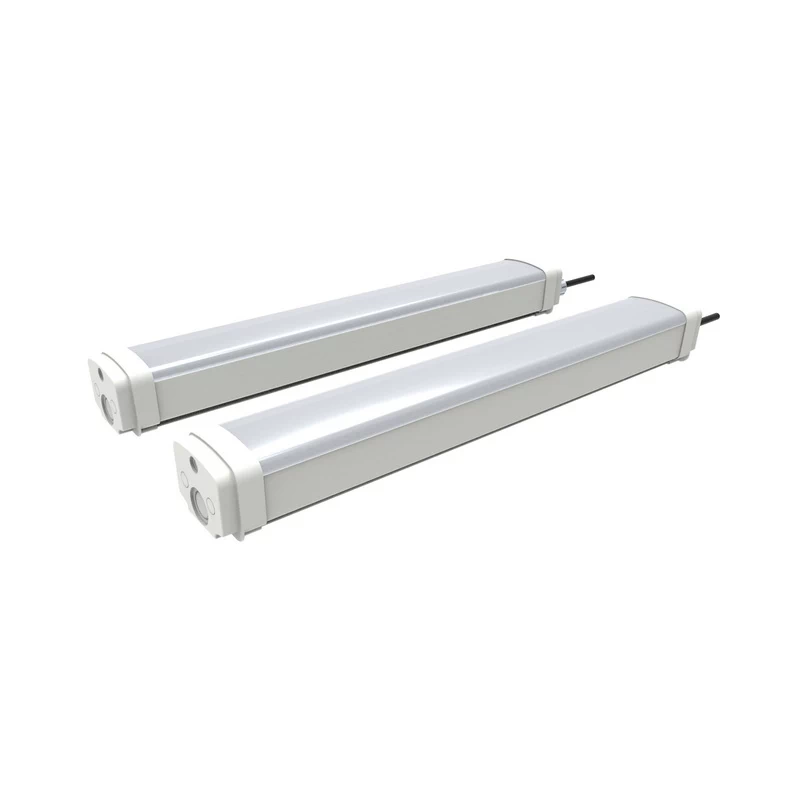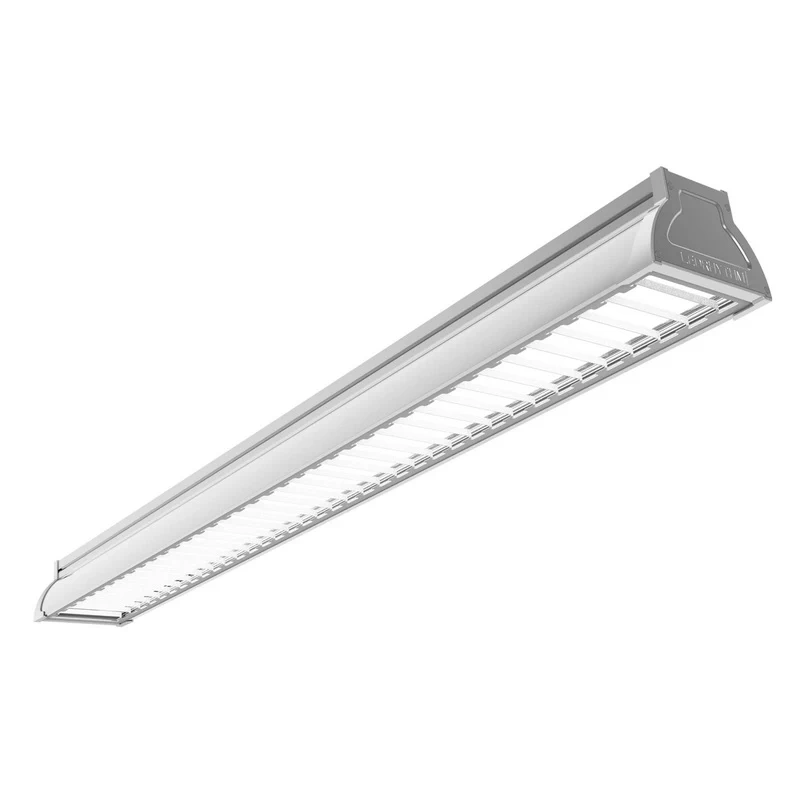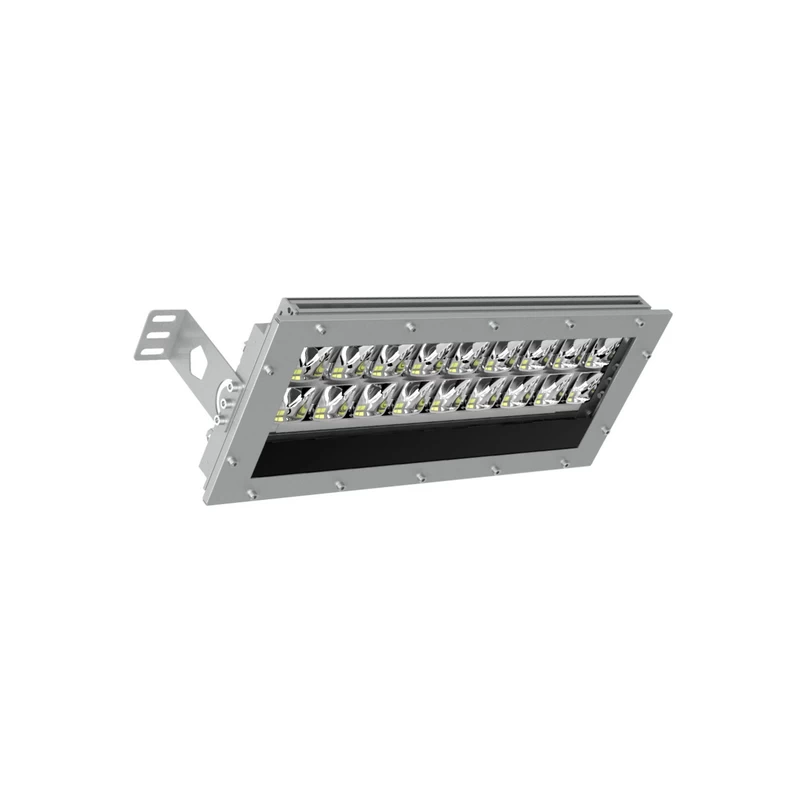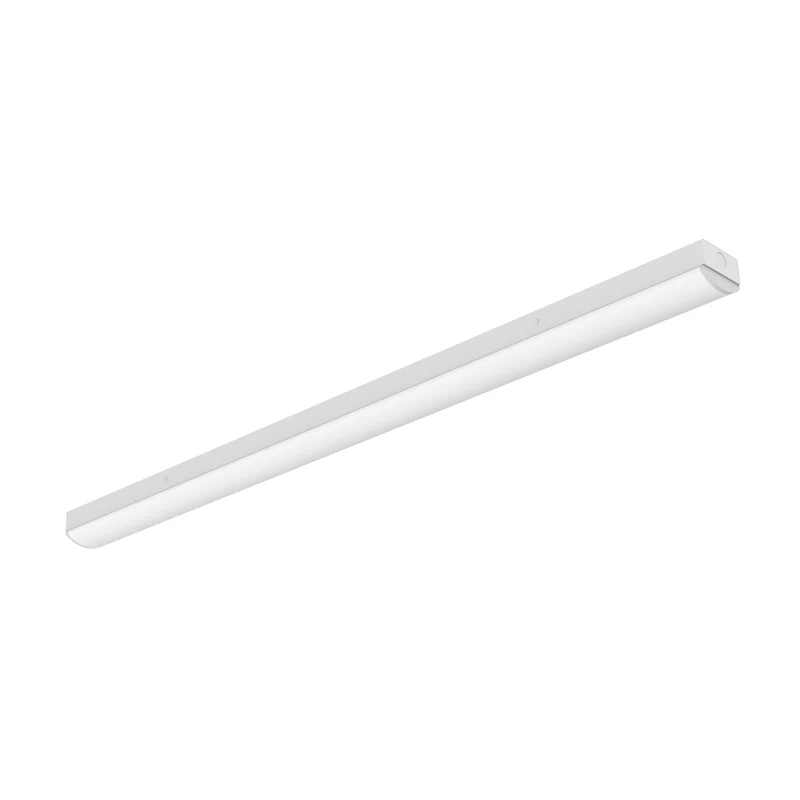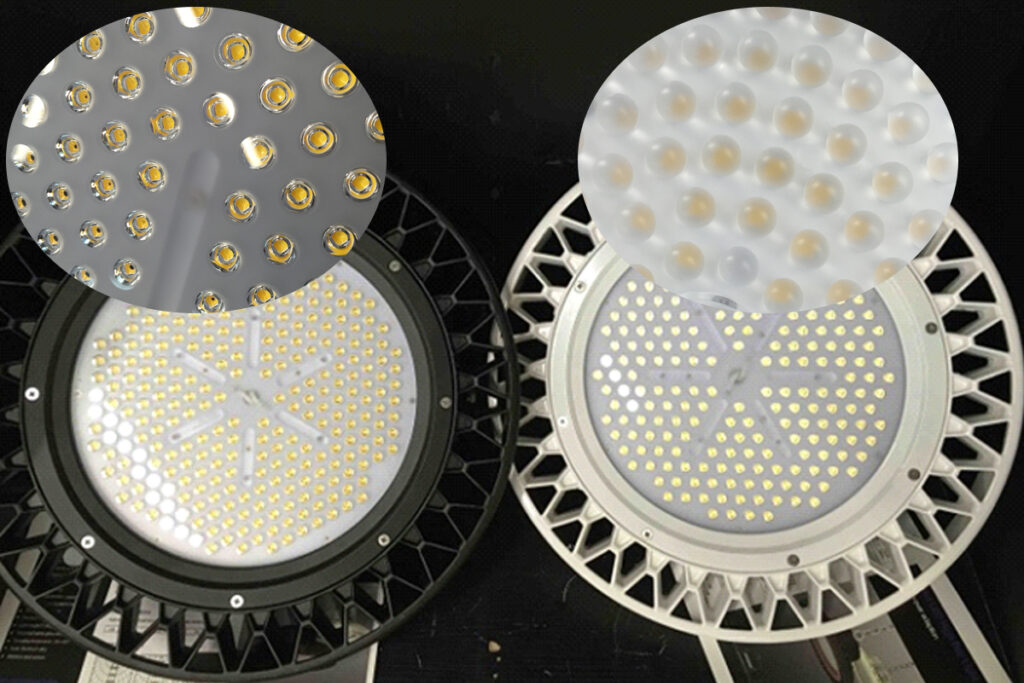Índice
ToggleGuía completa de equivalentes en vatios de los LED
Conocer la potencia equivalente de los LED le ayudará a elegir la potencia adecuada cuando sustituya la iluminación tradicional.
Tabla de equivalencias de LED :
Nota: Lo que sigue es sólo una estimación, la decisión específica debe basarse en la eficiencia luminosa de los LED.
| Vatios LED | Equivalente incandescente | Fluorescente Equivalente | Equivalente halógeno | Flujo luminoso (lm) |
|---|---|---|---|---|
| 5W | 40W | 10W | 30W | ~450 lm |
| 9W | 60W | 15W | 50W | ~800 lm |
| 12W | 75W | 20W | 60W | ~1100 lm |
| 15W | 100W | 25W | 80W | ~1600 lm |
¿Qué significan los vatios de las bombillas LED?
En las bombillas tradicionales, como las halógenas y las incandescentes, la potencia en vatios indica directamente la luminosidad. Sin embargo, con los LED, los vatios miden el consumo de energía, mientras que los lúmenes cuantifican la luminosidad.
La potencia de las bombillas LED afecta directamente a la factura de la luz, pero no refleja necesariamente la luminosidad; ésta viene determinada por los lúmenes (lm). Cuanto mayor sea la eficacia luminosa del LED (lm/W), más lúmenes producirá con la misma potencia, lo que se traducirá en una luz más brillante.
Vataje de las bombillas LED frente a las incandescentes: Una ciencia
Tras la conversión de incandescente a LED, el ahorro de energía puede alcanzar más de 80%. Los LED ofrecen la misma luminosidad que las bombillas de tungsteno o las bombillas incandescentes, pero consumen sólo una fracción de la energía, por lo que son muy eficientes. Por ejemplo:
- Una bombilla incandescente de 60 W equivale a un LED de 9 W.
- Una bombilla incandescente de 100 W equivale a un LED de 18 W.

Potencia y lúmenes de las bombillas LED
Dado que la tecnología LED difiere de la de las bombillas incandescentes convencionales, el cambio a los LED suele suscitar preocupación por el vataje. Para conseguir la misma luminosidad (lúmenes), las luces LED consumen mucha menos energía (vatios).
En este artículo, desglosaremos varios equivalentes de vatios LED, como las bombillas LED de 8 W, 15 W, 40 W, 60 W, 75 W y 100 W, para ayudarle a elegir la mejor bombilla para sus necesidades. También destacaremos los productos de iluminación de LedRhythm, que combinan tecnología de vanguardia con una eficiencia energética excepcional.
La conversión de vatios a lúmenes viene determinada por la eficacia luminosa (lm/W), que varía mucho entre modelos y marcas.
Por ejemplo, tabla de conversión de vatios a lúmenes para 80-120 lm/W:
| LED Potencia (W) | Intervalo de flujo luminoso (lm) | Potencia equivalente de una bombilla incandescente (aprox.) |
|---|---|---|
| 5W | 400 - 600 lm | ≈ 45W - 55W |
| 8W | 640 - 960 lm | ≈ 65W - 85W |
| 10W | 800 - 1200 lm | ≈ 80W - 100W |
| 15W | 1200 - 1800 lm | ≈ 110W - 150W |
| 20W | 1600 - 2400 lm | ≈ 140W - 180W |
Vatios LED para los tipos de bombillas más comunes
Equivalente a LED de 8 vatios
Una luz LED de 8 W es aproximadamente tan brillante como una incandescente tradicional de 60 W. La luminosidad media es de 800 lm.
LED equivalente a 15 W
La luminosidad media de la luz LED de 15W supera los 1500lm.
Por lo tanto, un LED de 15W puede sustituir completamente a una incandescente tradicional de 100W y ahorrar unos 85% de energía.
40W LED Equivalente
Una bombilla LED de 5W-7W sustituye a una bombilla incandescente de 40W, proporcionando la misma luminosidad y consumiendo mucha menos energía.
Ideal para iluminación de acento o de trabajo.
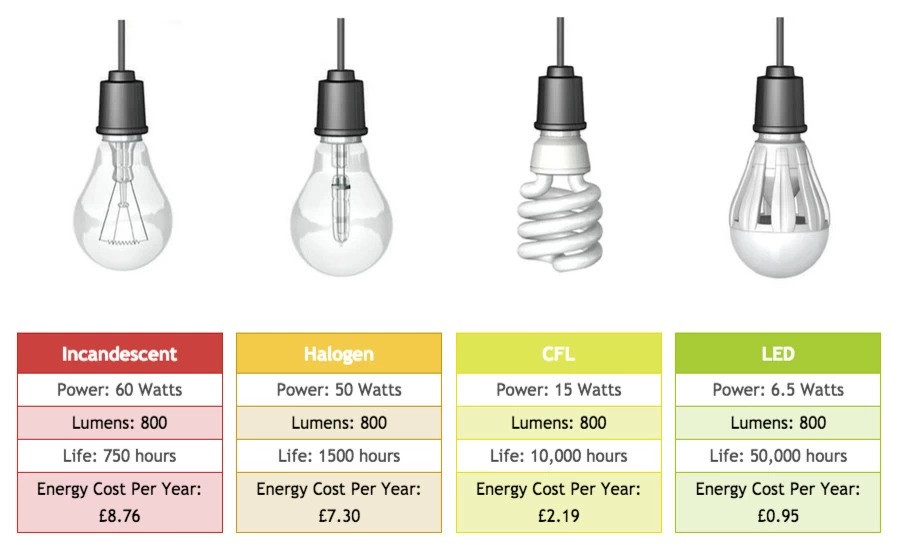
60W LED Comparable
Las bombillas LED de 9 W sustituyen a las bombillas incandescentes de 60 W y ofrecen 800 lúmenes de luminosidad.
Perfecto para iluminación general.
Equivalente a 75 W LED
Una bombilla LED de 13-15 W proporciona 1200-1400 lúmenes, lo que la convierte en un sustituto adecuado de una bombilla incandescente de 75 W.
Bombilla LED equivalente a 100 W
Una incandescente de 100W tiene aproximadamente 1600lm. Si la eficacia luminosa de la bombilla LED es de 80-100lm/W. Entonces una bombilla LED de 16W-20W equivale a una incandescente de 100W.
150W LED Equivalente
Para salas grandes o aplicaciones industriales, una bombilla LED de 30W+ sustituye a una bombilla incandescente de 150W, proporcionando una luminosidad excepcional.
Conversión de bombillas incandescentes a LED
Pasarse a los LED es sencillo una vez que se entienden los vatios y los lúmenes. Aquí tienes una tabla de conversión rápida:
| Vatios LED | Vatios incandescentes | Lúmenes |
|---|---|---|
| 5W-7W | 40W | 400-500 lúmenes |
| 9W-10W | 60W | 800-900 lúmenes |
| 13W-15W | 75W | 1200-1400 lúmenes |
| 18W-20W | 100W | 1600-1800 lúmenes |
| 30W+ | 150W | Más de 2400 lúmenes |
Comparación entre bombillas LED, incandescentes y de tungsteno
Eficiencia energética y luminosidad
Los LED duran 25 veces más y consumen 75% menos energía que las bombillas incandescentes.
En comparación, las bombillas de tungsteno emiten más calor que luz, lo que las hace menos eficaces.
Bombilla de tungsteno frente a LED
- Eficiencia energética
Bombilla de tungsteno: La eficacia luminosa es extremadamente baja (10-15lm/W), con 95% de energía utilizada convertida en calor residual y sólo 5% utilizada para la luz.
LED: Su eficacia luminosa es extremadamente alta (80-150+lm/W), consumiendo sólo 1/6-1/10 de la energía de las bombillas de tungsteno.
Los LED ganan: Ahorran más de 85% en costes de electricidad con la misma luminosidad. - Vida útil
Bombilla de tungsteno: Vida media 1.000 horas.
LED: Vida media 25.000-50.000 horas. - Calor y seguridad
Bombillas de tungsteno: Las temperaturas superficiales pueden alcanzar más de 200°C, lo que supone un riesgo de quemaduras o incendio.
LED: Funcionamiento a bajas temperaturas (temperaturas superficiales < 60 °C), lo que mejora notablemente la seguridad. - Coste
Bombillas de tungsteno: Precio unitario bajo ($1-$5), pero costes de electricidad y sustitución extremadamente altos.
LED: Precio unitario más elevado ($3-$20), pero ofrecen un 90% ahorro de costes a largo plazo.
Los LED ganan: Se amortizan en 2 años y ofrecen una rentabilidad superior a largo plazo.
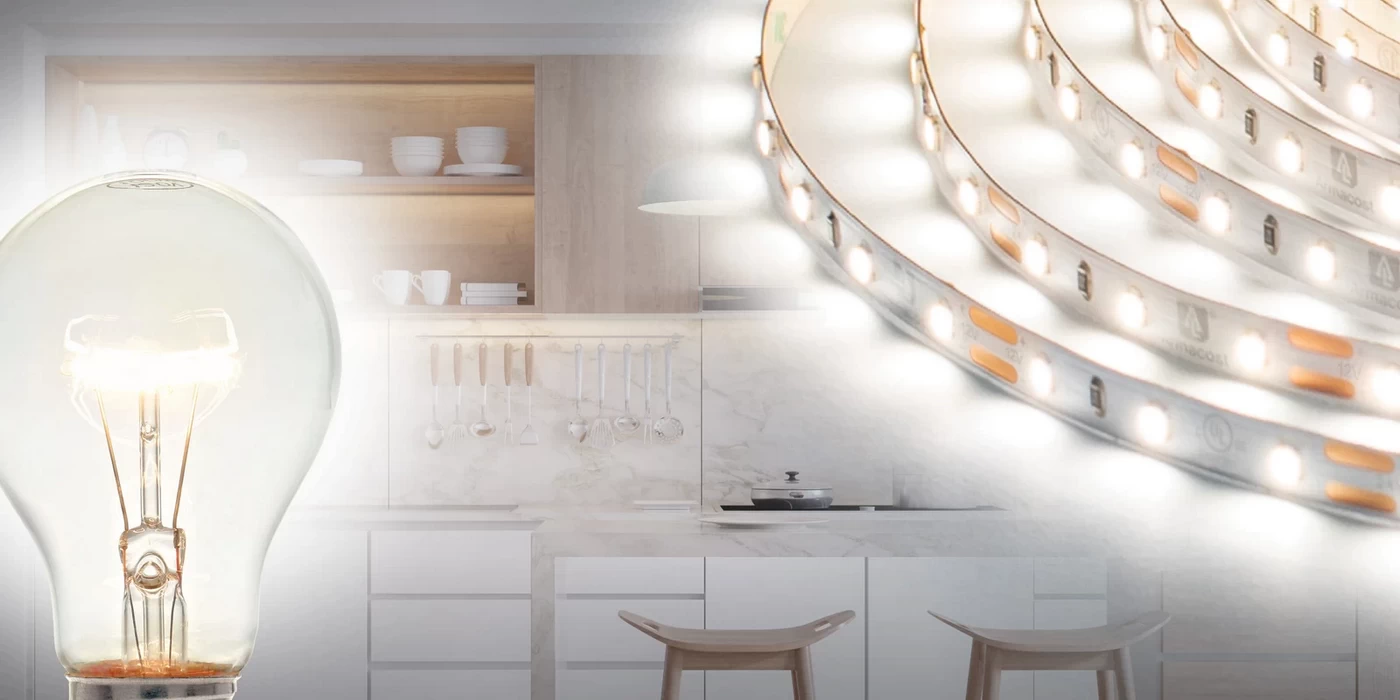
Selección de la potencia LED adecuada para su zona
A la hora de elegir bombillas LED, tenga en cuenta el tamaño y la finalidad del espacio:
- Salones: Utilice equivalentes LED de 60 W para una iluminación suave y ambiental.
- Cocinas y oficinas: Utiliza equivalentes LED de 100 W para una iluminación de trabajo brillante.
- Espacios exteriores: Utilice equivalentes LED de 150 W para proyectores o iluminación de seguridad.
Ventajas de las bombillas LED: Longevidad y eficiencia
¿Por qué elegir bombillas LED?
- Ahorro de energía: Las bombillas LED consumen mucha menos energía, lo que reduce los costes de electricidad.
- Larga vida útil: Los LED pueden durar hasta 50.000 horas, lo que minimiza las sustituciones.
- Respetuoso con el medio ambiente: El menor consumo de energía reduce las emisiones de carbono.
Productos de iluminación LedRhythm
LedRhythm ofrece luces led industriales y comerciales de alta calidad. El rango de eficacia luminosa es de 120-200lm/W, y la potencia puede alcanzar hasta 2000W. Eche un vistazo a sus línea completa de productos aquí.
Conclusión
Cuando se comparan las lámparas tradicionales con los LED, la consideración clave es la eficacia luminosa del LED (lm/W). La eficacia luminosa de los LED (80-150+ lm/W) es significativamente superior a la de las lámparas incandescentes (10-15 lm/W).
Como resultado, un LED de bajo vataje (8 W) puede proporcionar la misma luminosidad que una incandescente de alto vataje (60 W), reduciendo significativamente el consumo de energía. Recuerda: el vataje equivalente es una medida de luminosidad, no de consumo energético; cuando elijas una lámpara, presta mucha atención a la clasificación en "lm" del fabricante.
La gente también pregunta
¿Cuál es la potencia equivalente de una bombilla LED de 60 vatios?
Una bombilla LED equivalente de 60 vatios consume sólo 8-10 vatios con la misma luminosidad.
¿Se puede sustituir una bombilla incandescente de 100 vatios por una LED?
Sí, un LED equivalente de 100 vatios consume alrededor de 15-20 vatios y proporciona la misma luminosidad.
¿Las bombillas LED de bajo consumo son tan luminosas como las incandescentes?
Sí, gracias a su elevado flujo luminoso, incluso un LED de 4 vatios puede igualar la luminosidad de una bombilla incandescente de 40 vatios.
¿Es mejor cuanto mayor sea la potencia de la luz LED?
Las luces LED no son necesariamente mejores cuando tienen una potencia superior, sino cuando tienen la luminosidad (lm) adecuada. Los lúmenes deben seleccionarse en función del espacio de iluminación, la función y los requisitos de luminosidad.
Si el espacio de iluminación es grande y se requiere una gran luminosidad, es mejor una lámpara LED de mayor potencia. De lo contrario, el deslumbramiento será intenso y se desperdiciará energía.

